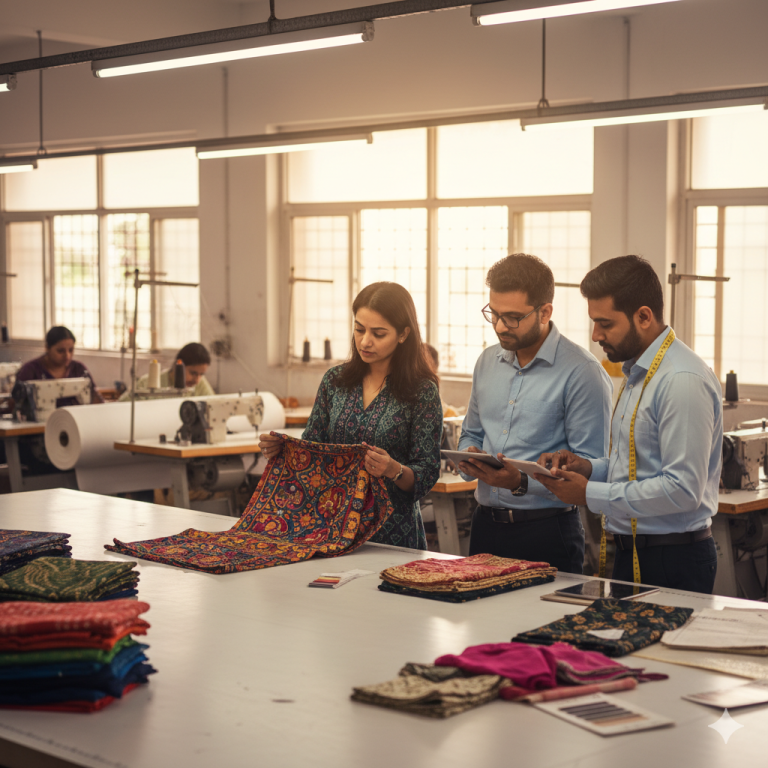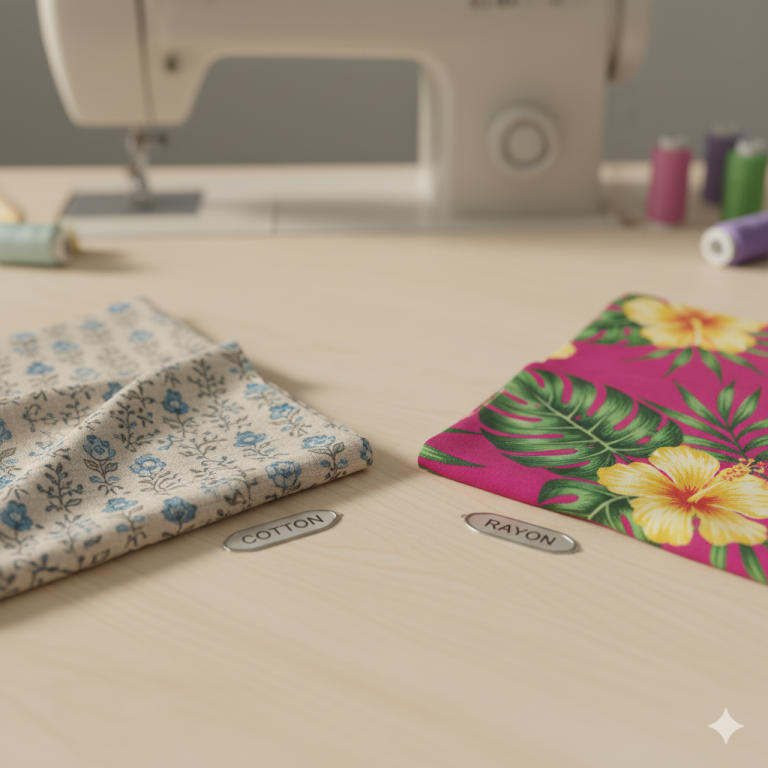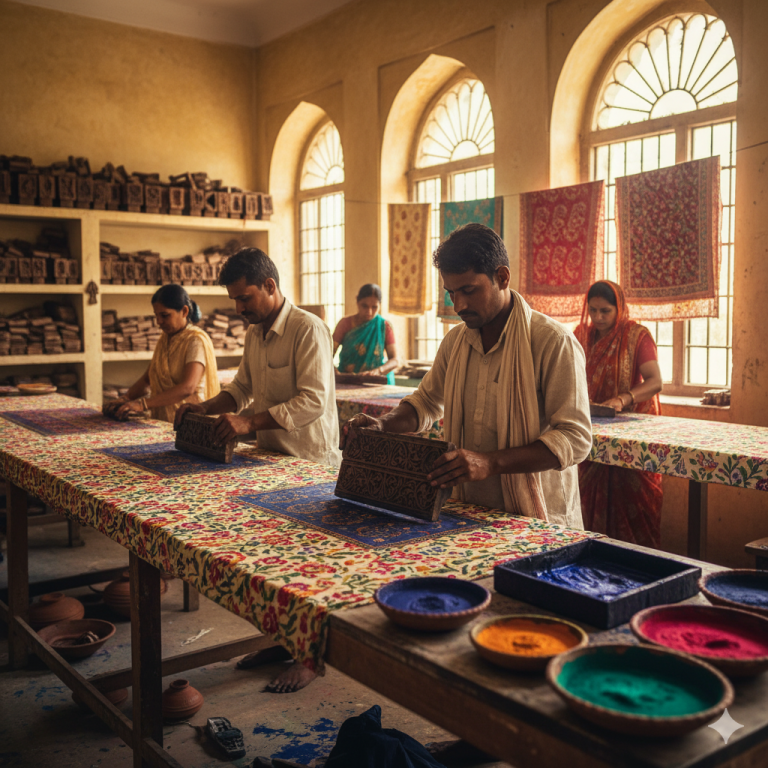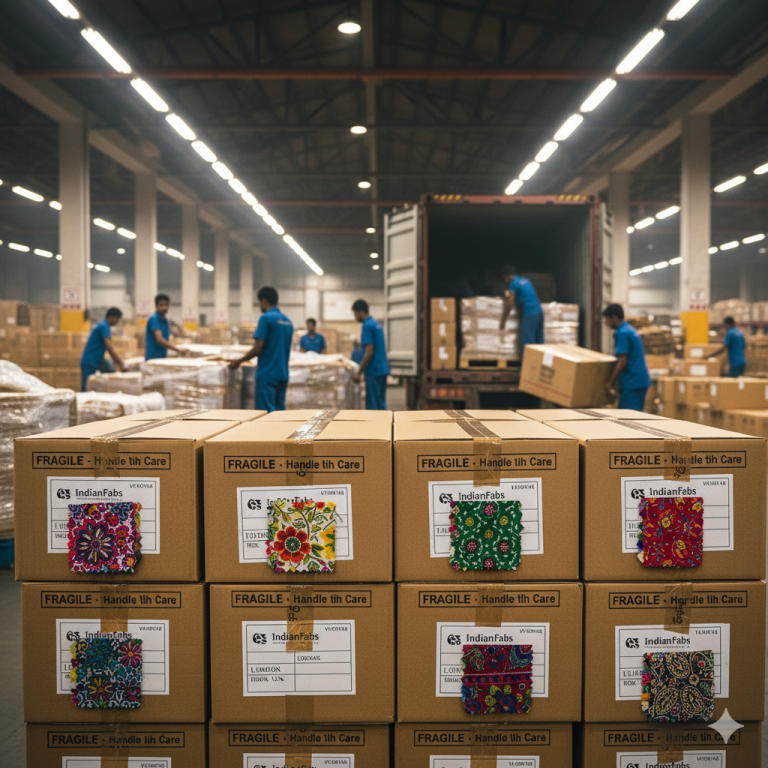Introduction
The kurti market in India is booming, representing a fantastic opportunity for retailers and boutique owners alike. With its versatility, comfort, and ever-evolving designs, the kurti remains a perennial favorite in women’s ethnic wear. If you’re looking to dive into this lucrative segment, understanding the intricacies of the kurti wholesale business in India is paramount. This in-depth guide will equip you with the knowledge to navigate sourcing, pricing, and maximizing your margins.
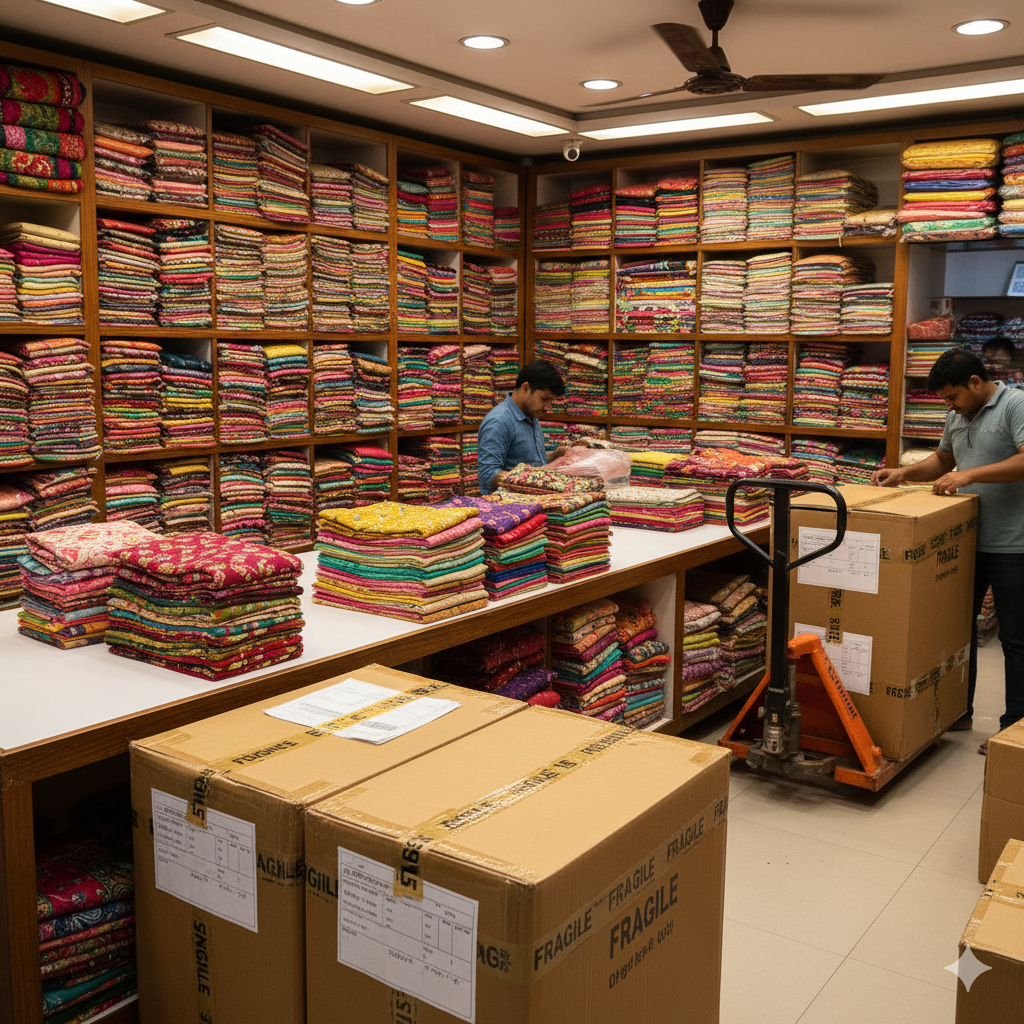
1. Understanding the Diverse World of Kurtis: What Sells Best?
Before you even think about bulk kurti orders, you need to understand the vast landscape of kurti types. Knowing what appeals to your target audience is crucial for successful sales.
- Casual Everyday Kurtis: These are often made from cotton, rayon, or simple blends, focusing on comfort and practicality. Think simple prints, subtle embroideries, and easy-to-wear silhouettes.
- Designer & Party Wear Kurtis: Featuring more intricate embellishments like zari work, sequins, embroidery, and often crafted from richer fabrics like georgette, silk, or chanderi. These cater to festive occasions and special events.
- Anarkali Kurtis: Characterized by their flared silhouette, these remain a classic and elegant choice, often preferred for their regal look.
- Straight Cut Kurtis: A versatile and modern option that appeals to a wide demographic, suitable for both casual and semi-formal wear.
- High-Low & Asymmetrical Kurtis: Trendy and fashion-forward, these kurtis offer a contemporary twist to traditional designs.
- Kurtis with Jackets/Shrugs: Layered options that add a touch of sophistication and can be styled in multiple ways.
- Printed Kurtis: Block prints, digital prints, floral, abstract – prints are a huge draw and come in endless varieties.
- Embroidered Kurtis: Hand or machine embroidery adds texture and value.
Key takeaway: Diversify your inventory to cater to different tastes, budgets, and occasions.
2. Sourcing Like a Pro: Finding the Right Kurti Wholesale Suppliers
Finding reliable kurti wholesale suppliers is the cornerstone of your business. This involves research, networking, and due diligence.
- Direct Manufacturers: Buying directly from a kurti manufacturer India (as discussed in our previous guide) often offers the best pricing and potential for customization for larger bulk kurti orders.
- Wholesale Hubs: Cities like Jaipur, Delhi (Chandni Chowk, Karol Bagh), Surat, and Ahmedabad are major textile hubs where you’ll find numerous wholesalers. Jaipur, in particular, is renowned for its block prints and ethnic wear manufacturing.
- Online B2B Platforms: Websites like IndiaMart, TradeIndia, and even specialized textile B2B portals can connect you with multiple kurti wholesaler India options.
- Trade Fairs & Exhibitions: Attending textile trade shows is an excellent way to see new collections, meet suppliers face-to-face, and gauge market trends.
- Referrals: Word-of-mouth recommendations from other retailers or industry contacts can lead you to trusted suppliers.
What to look for in a supplier:
- Quality Consistency: Are their fabrics, stitching, and finishing up to standard across batches?
- Design Variety & Freshness: Do they offer new designs regularly?
- Minimum Order Quantity (MOQ): Does it align with your business capacity?
- Pricing: Competitive and transparent pricing.
- Reliability: Timely delivery and good communication.
- Export Readiness: If you plan to export, ensure they have the necessary experience and documentation.
3. Placing Bulk Kurti Orders: Smart Strategies for Retailers
Placing bulk kurti orders efficiently can significantly impact your profitability.
- Start Small (Initially): If you’re new to a supplier, place a smaller test order to assess their quality and service before committing to large volumes.
- Negotiate: Always negotiate pricing, especially for larger quantities. Don’t be afraid to ask for discounts.
- Seasonal Buying: Plan your orders according to upcoming festivals, seasons, and fashion trends. Stock up on festive wear before Diwali, Eid, or wedding seasons.
- Assortment Planning: Don’t just order one style in bulk. Mix and match different designs, sizes, and price points to offer variety to your customers.
- Clear Communication: Provide clear specifications regarding designs, sizes, fabrics, and delivery timelines. Get everything in writing.
4. Pricing Models & Margins: Maximizing Your Profitability
Understanding pricing and margins is crucial for a successful kurti wholesale business in India.
- Cost of Goods (COG): This is the per-unit price you pay the kurti wholesaler India.
- Landed Cost: Add shipping, duties (if any), and other procurement costs to your COG.
- Operating Costs: Factor in your overheads like rent, utilities, staff salaries, marketing, etc.
- Competitive Pricing: Research your competitors’ pricing for similar kurtis. You want to be competitive but not undervalue your products.
- Value-Based Pricing: If your kurtis are unique, designer, or of exceptional quality, you can justify a higher price point.
- Target Margin: Decide on your desired profit margin. For wholesale kurtis for boutiques, typical retail margins can range from 40% to 100% or more, depending on your brand positioning and overheads.
- Tiered Pricing: Consider offering tiered pricing to your own customers (e.g., discounts for buying multiple pieces or for loyal customers).
- Psychological Pricing: Ending prices in .99 (e.g., ₹999 instead of ₹1000) can make them seem more appealing.
Example Calculation: If you buy a kurti for ₹300 (landed cost) and want a 70% margin, your selling price would be: ₹300 / (1 – 0.70) = ₹300 / 0.30 = ₹1000. Or, if you prefer to calculate margin on cost: ₹300 * 1.70 = ₹510 (this gives a 70% markup on cost, but a lower margin on the selling price). Understand the difference between markup and margin.
5. Export Potential: Reaching Global Markets
The demand for Indian ethnic wear, particularly kurtis, is significant globally. Becoming a kurti exporter India can open up massive growth opportunities.
- Market Research: Identify target countries where Indian fashion is popular (e.g., USA, UK, Canada, UAE, Australia).
- Compliance & Regulations: Understand the import duties, textile regulations, and quality standards of your target markets.
- Logistics & Shipping: Partner with experienced freight forwarders who specialize in international textile shipments.
- Payment Gateways: Set up secure international payment processing.
- Online Presence: A strong e-commerce website and social media presence are vital for reaching international customers.
- Partnering with Exporters: If you’re a retailer, you might partner with a kurti wholesaler India that already has export capabilities.
6. Marketing Your Boutique: Attracting Your Ideal Customer
Even with the best wholesale kurtis for boutiques, effective marketing is key.
- Strong Online Presence: A user-friendly e-commerce website, active social media (Instagram, Facebook, Pinterest are great for fashion), and engaging content.
- High-Quality Photography: Showcase your kurtis with professional photos and videos.
- Local Marketing: Participate in local events, collaborate with local influencers, and offer in-store promotions.
- Customer Service: Excellent customer service builds loyalty and generates positive word-of-mouth.
- Storytelling: Share the story behind your kurtis – the artisans, the fabrics, the cultural inspiration.
Conclusion
The kurti wholesale business in India offers immense potential for growth and profitability. By carefully selecting your kurti wholesale suppliers, understanding various kurti types, implementing smart pricing strategies, and exploring export opportunities, you can build a thriving business. Remember that quality, variety, and reliable service are key to long-term success.
Ready to source premium kurtis for your business?
Visit IndianFabs.com to explore their extensive collection of wholesale kurtis.

